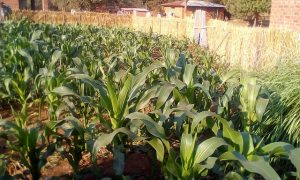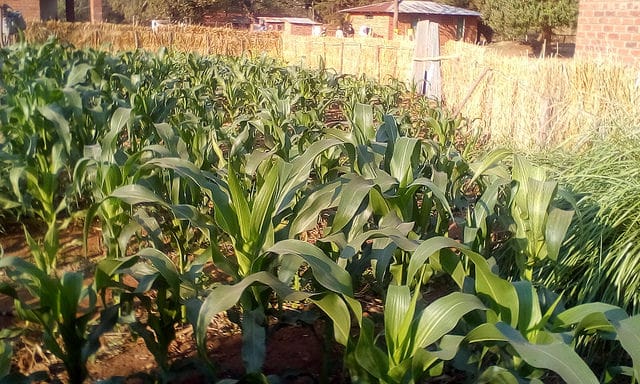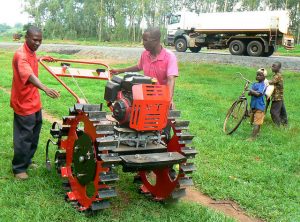
Over the past 20 years the Malawi Project has sought to integrate the idea of helping Malawians become more independent with the critical need to supply basics that are not available to most of the village people in this impoverished nation. The pattern has been the same through the three most recent famine periods: 2001-03, 2005-06, and 2015-17.
Step One
As the famine reaches the bottom of the food arch the Project shifts focus to sending food. The most seriously affected areas are identified, and local church, community and government leaders list the families and village communities most in need of immediate help.
However, it is important to recognize that sending food alone solves the problem only in the present. It gets them through the current crisis. While filling this need is critical for survival, and no one would ever miminize its importance, there is also the need to look past the present and formulate and execute plans to deal with the problem on a more long-term view. This is when step two comes into play.
Step Two
Funding drip irrigation kits make it possible for farmers to plant crops during the dry season. Drip irrigation systems not only supply needed water to the growing plants, they also use far less water. This is important in areas where water is hard tor each, and where it must be carried by the village women in buckets on their heads for long distances. In these cases the systems that use 25% less water can be a great help. Too, the use drip irrigation shows the village farmers crops during long dry seasons (about 6 months in Malawi) are possible.
The Project has encouraged Malawi villagers to put out gardens in all three regions where their visibility and success will encourage others to find ways, even the use of simple watering cans, to not sucumb to failure, and allow starvation to overcome them.
Step Three
The final step is the introduction of the V-Tractor and the Walk Behind, both designed from the wheels up for third world farming conditions. Rather than the backbreaking physical labor of a hand hoe the mechanized tractors increase field cultivation and harvests many times over. Information on these units is available at the Malawi Project web site.
Food shipments, drip irrigation, and the specially designed tractors offer hope for the future, a commodity that is badly needed in the tiny nation of Malawi. Your support of $10.00 for the purchase of a drip line for a village family can help them avoid a food shortage later in the year.


